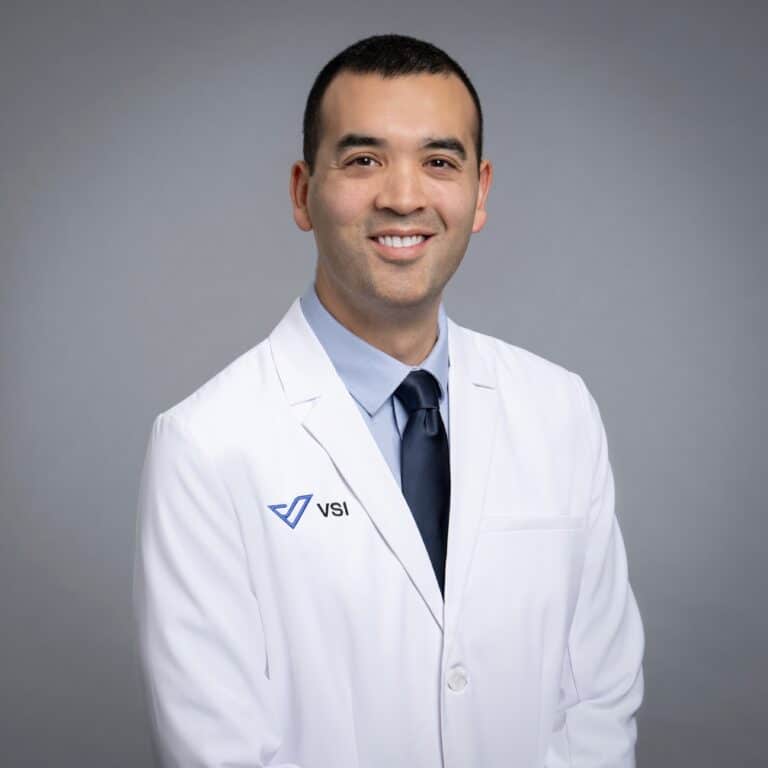Ask a Spine Surgeon: Why Does My Back and Neck Pain Come And Go?
Have you ever woken up in the morning with increased back or neck pain, only for it to resolve later in the afternoon and return again later that evening? It’s not uncommon to hear patients mention differences in the location and intensity of their back pain depending on the level of activity, weather, or even time of day. Why does this happen? Many would think if a spinal structure is damaged it should ache all the time..right? You aren’t necessarily wrong in this respect, but the specific type of pain experienced largely depends on three main factors: 1.) what is injured, 2.) medications used, and 3.) whether inflammation occurs.
HOW DOES THE INJURED SPINE STRUCTURE IMPACT PAIN FREQUENCY?
The spine is a unique structure that is influenced by different movements depending on the circumstance. One movement may cause pain for a specific structure, where that same movement provides pain relief. For example, the intervertebral discs in the neck and low back may hurt when you lean forward. This is because more pressure is placed on them in this position, resulting in that familiar twinge of pain. In contrast, the facet joints in the same regions are compressed and painful when you lean backward. Additionally, certain positions compress irritated nerves whereas over positions provide space for nerves to breathe. In this respect, your body’s position can really influence flare-ups and lead to changes in pain throughout the day.
UNDERSTANDING THE ROLE MEDICATION PLAYS IN THE PAIN CYCLE.
This may seem like an obvious one, but an individual’s changing pain levels could be a result of medication no longer working effectively. Oftentimes patients are prescribed an anti-inflammatory or steroid medication to help with pain levels. Each medication has its own unique time frame in which the symptom-relieving properties begin wearing off, especially if the body begins working up a tolerance for the medication. This could explain why the use of medication may result in oscillating pain – especially if you think the medication should still be working.
HOW DOES INFLAMMATION CORRELATE WITH PAIN?
Inflammation, the body’s response to injury, naturally waxes and wanes throughout the day. As your activity level changes, so does the inflammation of the damaged structures. For example, bed rest is often prescribed for individuals experiencing pain because it allows your body to rest and heal without the risk of ‘overdoing’ it. Bed rest isn’t practical for many people, however, so a full day of working or running kids from one activity to the next may cause inflammation to flare up. The surrounding muscles of the injured structure may attempt to work overtime to shield the injured areas and heal the inflamed area, but this can only last for so long before those same muscles are worn out and the pain returns.
Though very irritating, this oscillating pain journey is very common. By consulting a spine surgeon like myself the goal is to decrease your pain flare-ups and get you back to your normal life, through non-operative and, when necessary, operative means.
Through my years of practice, and even with my friends and family members, I have found most people tend to ignore these flare ups or adapt to a new normal with pain. If something doesn’t feel right, it may not be right. Be sure to get it checked out. People often put themselves at a disadvantage by procrastinating to the point that the pain has done more damage than they ever believed it would.
Chat with one of our experts below to find out how to take the first step in a consultation to determine the true source of your spine-related pain.
Topics covered
About the Author
Featured Resources
Insights to Achieve a Pain-Free Life


